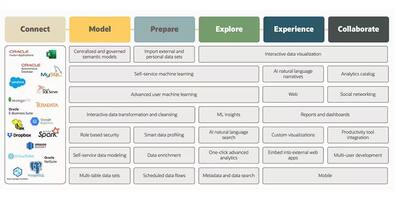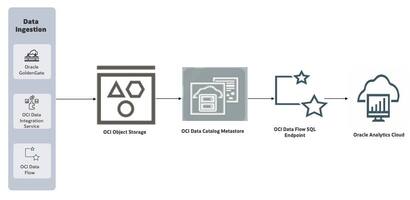
In today's globalized economy, supply chains in every industry are expansive and complex. Products are designed by teams in one or more locations, manufactured at other locations, stored elsewhere, and sold everywhere. Goods and components pass through various countries, warehouses, weather conditions, handling methods, and storage situations before final products reach end consumers. The worldwide logistics industry accounted for 6% of
GDP in 2017, or nearly $4.8 trillion USD, according to Plunkett Research which highlights its enormity and importance.
The use of high-tech materials and electronic components in modern products makes it essential to monitor the physical, climatic condition of manufacturing, and storage during transit and warehousing. For example, a paper published in the journal Nature showed that lithium ion batteries degrade faster when stored above room temperature (35°C). Such factors play an important role in the longevity and performance
of products and, ultimately, in customer satisfaction. It is therefore vital that physical and operational factors affecting product performance and lifespan are identified and measured at every step
in the supply chain. This is particularly significant for products that can have an immediate impact on human health, such as packaged foods, baby products, produce, medicines, meat, and medical devices.




